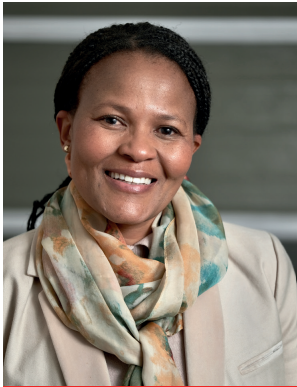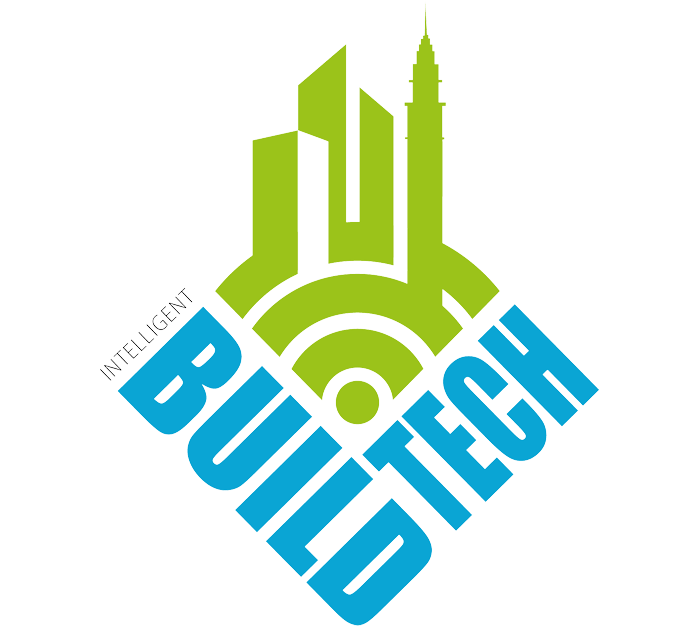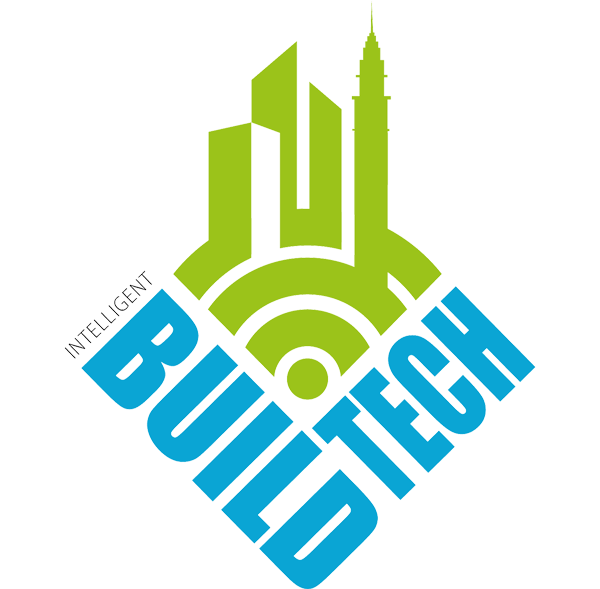Rebatho Madiba, Managing Executive Business Development of Digital Platform Solutions at BCX, discusses the intricate realm of Smart City development. In this exploration, they underscore the indispensable role played by security and connectivity, serving as the architectural bedrock upon which the urban innovations of the future stand tall. As cities evolve into dynamic, interconnected hubs of activity, Madiba’s insights reveal how these twin pillars fortify the very foundations of the Smart Cities that are reshaping the way we live, work and interact in our rapidly changing world.

The Smart City has become a global obsession. Revenue in the Smart Cities market is anticipated to exceed $89.49 billion in 2023 at an annual compound growth rate of 13.13%. Almost every government has a Smart City project in progress and there are rankings designed to define the best and the most innovative Smart City developments. One such ranking is the IMD Smart City Index which, in 2023, found that the cities leading the pack in Africa are Cairo, Algiers and Cape Town. However, these urban beacons of technology require the right security and connectivity capabilities as a foundation to ensure they are able to not just stand up above the challenges plaguing urban areas but do so sustainably.
Smart Cities are defined by their ability to reshape traditional citizen service delivery with interconnected solutions and technologies and each city interprets their use of this ‘smart’ technology differently. It can be safer, more sustainable and focused on the environment, or designed to provide people with seamless access to services that would previously have been complex to navigate and manage. And to achieve all these goals, Smart Cities need the right tools.
Connectivity and security are obviously the most important considerations. Connectivity is the driver behind the smart home, smart community, smart building and smart industrial complex. It ensures that communication across devices, systems and platforms is feasible – imagine the Internet of Things (IoT), the interconnected web of devices and sensors, without a reliable connection. This means that any Smart City has to first focus on building a smart foundation on a network that can handle the burden of IT.
Smart, in the context of the city, is a fully connected, fully integrated and sustainable intelligent space capable of processing data from people, devices and systems with ease. Operationally, this relies on network connectivity to pull together the threads across buildings, assets, services and individuals. It is also the key to embedding security throughout any smart environment or city. The network is the nervous system of the Smart City, giving it the ability to connect across multiple touchpoints and reimagine citizen safety and wellbeing.
How? The answer lies in the data created by the smart solutions and collated by the network. Important information, trends such as personnel, vehicles, facilities, alert incidents and task processing are all critical to ensuring that the government has the information it needs to enhance decision-making and manage resources. In addition, connectivity links systems provide comprehensive security through video surveillance and rich visibility. Here, the Smart City can transform citizen safety by implementing cameras throughout the city for surveillance and monitoring purposes so there are no security blind spots and decision-makers have access to real-time information that can protect and save lives.
Consider how this comprehensive security can translate into the real world. A fire breaks out in a building, The automatic fire alert system uses the data from the smoke and temperature sensors to trigger alarms and send alerts and nearby cameras are instantly linked to push out real-time images automatically to the nearest control centre. Security personnel can confirm the fire alerts and rapidly initiate the emergency response procedure. The integrated security management system then links access controls in all entrances and exits to automatically open to the fire-free zones surrounding the building while all access points are opened to facilitate the safe evacuation of personnel. People affected by the fire are notified by SMS and guided to the closest escape and the relevant emergency services are dispatched to put out the fire.
Intrusion detection can be managed the same way – an interconnected web of devices provides security personnel with visibility into the threat and gives them the ability to orchestrate the right level of security response. Smart City visibility translates across vehicle retrieval, traffic management, emergency response, energy and environment management and, of course, cybersecurity.
Creating a smart ecosystem, one must leverage next-generation technology that embeds connectivity, next-generation devices, intelligent platforms and third-party expertise. BCX, with an extensive range of experts and technologies, plus a robust backbone of resilient connectivity, has the tools to ensure that Smart Cities and smart environments are built to the highest standards. Providing solutions built to create smart infrastructure and capabilities, BCX understands the critical priorities of physical and digital security alongside the necessities of connectivity and technology ingenuity.




